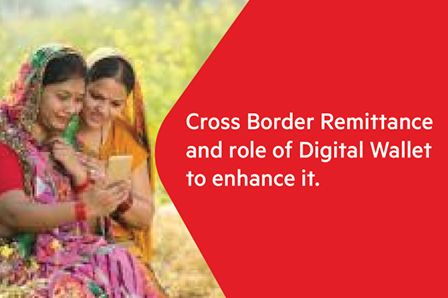
As one of the important indicator showing relationship between migration and development, remittance plays a vital role in driving economic growth and prosperity mostly for the developing countries. Cross border remittance provide fuel for global economic growth. In many countries, the remittance contributes substantial portion of Gross Domestic Product making it one of the major factor for their economic stability.
With digitization taking over the world, the remittance industry too gradually started moving towards same. New fintech players have entered market with new digital remittance models with lower cost and better services. A new concept of getting the remittance amount directly into their mobile wallet came into existence which significantly changed the process of receiving and sending remittance.
Large number of mobile money operators started partnering with money transfer operators with the motive of facilitating international remittance payment. Today, wallet-to-wallet cross-border remittance service has been seen as a tremendous opportunity that has benefitted customers by making transfers easier, safer and faster.
In the context of Nepal which is one of the top 20 countries in the world that receives the highest amount of remittance, the wallet-to-wallet cross border service and real-time account deposit facility has played a significant role in remittance enhancement.
Globally, almost $2.1 billion money gets transacted every day via mobile and $1 billion international remittance gets transferred everyday through the same. This indicates that the trend of receiving or sending remittance directly into their digital wallets have increased tremendously making it a part of people’s livelihood.
The spike in usage of digital wallet was significantly high during the pandemic as a result of which digital transaction became necessity rather than an option. Covid 19 created new financial challenges and exacerbated the existing ones. Those who were dependent on traditional methods of send/receive money took a leap and started accepting the digital mediums. The acceptance rate of mobile money increased as the physical movement of people decreased due to the ongoing pandemic. In 2020, the number of registered accounts increased by 12.7 % i.e. to 1.21 billion accounts around the globe which was double than what was forecasted.
With the increase in the trend of carrying out financial transactions whether it be merchant payments, top-ups, utility bill payments through mobile wallets, the policy makers started recognizing the need to secure the authentication channel which indeed helped cross-border remittance to take off. Moreover, new partnerships and collaborations led to greater connectivity between mobile money users and diasporas networks resulting in greater flexibility.
Thus, with continuing innovations like that of digital wallets, the remittance industry will continue to grow.